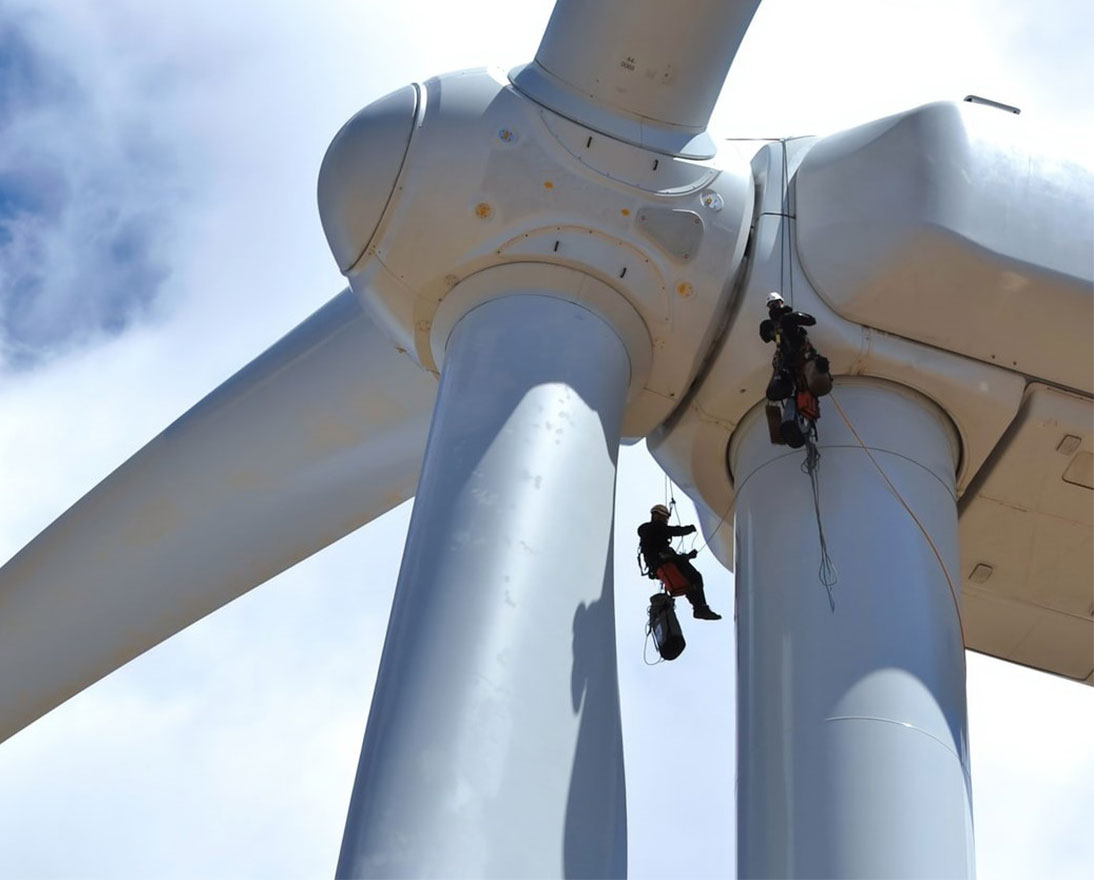Would you pay more to save the planet?
SustainabilityArticleSeptember 16, 2021
We need to incentivize people to change their behaviors to reduce greenhouse gas emissions. Carbon pricing seems like the most effective tool.
If you visited a supermarket in England before 2015, you could have taken home as many single-use carrier bags as you wanted for free. In fact, over 7.6 billion plastic bags were given to supermarket customers during 2014 alone – that’s 140 bags per person!
People had cupboards overflowing with plastic bags (the average household had 40 lying around the home) and many were discarded as litter in the street or ended up in landfill or in our rivers and oceans.
It was bad for the environment. But in the first two years after a 5p charge was introduced in October 2015, more than 13 billion plastic bags were taken out of circulation, a drop of 86 percent. This was a massive transformation in collective behavior caused by the introduction of a small fee.
Could the same principle work for carbon dioxide (CO2) emissions? If humanity is ever going to tackle climate change, we need to significantly reduce the amount of CO2 pumped into the atmosphere. Putting a price on carbon emissions, in many different ways, could be an effective incentive. You pollute, you pay.
Last year, the world emitted 31.5 gigatonnes of equivalent carbon dioxide (Gt CO2), according to the International Energy Agency. This was slightly down on the 2018 peak of 33.5 Gt CO2, but the figure is expected to rebound to 33 Gt CO2 in 2021.
With emissions back on the rise, what can we do to turn them around?
“Carbon?pricing is one of the most powerful ways to influence behaviors that reduce emissions. It gives companies and households an economic incentive to purchase lower-carbon alternatives to the carbon-intensive products, services, and energy they currently use,” says John Scott, Head of Sustainability Risk at Zurich Insurance Group (Zurich).
“People will still want to go on foreign holidays or buy exotic foods flown in from the other side of the world, but suppliers will have to reduce or offset the emissions generated by the flight or the supply chain and build them into the price.”
Understand carbon costs
A carbon price will help make things more transparent, making it easier for everyone to understand the carbon costs, and changing the way carbon-intensive goods and services are produced and consumed.
This could mean the cost of food imported from overseas increases compared to food sourced locally. Anything that contains a high percentage of carbon-intensive steel or cement, for instance, could appear more expensive, and the costs of carbon-intensive fuel, heating, and flights could also increase, unless they are replaced, or offset by lower-carbon alternatives.
With the right combination of carbon pricing methods – removal of carbon subsidies, carbon trading, feed-in-tariffs and changes in taxation – consumer behavior would be influenced in a positive way to reduce carbon emissions, with people buying more locally produced food and choosing to take the train instead of flying or driving by car. All underpinned by industry incentives to produce products and services that are lower, or zero-carbon.
To keep their customers, businesses will need to respond to a clear carbon price signal by adopting or investing in new technologies that emit less CO2. Carbon pricing could drive the kind of massive technological innovation we need to tackle climate change.
“The lesson from the UK plastic bag charge was that a relatively small nudge can trigger a big change in behavior,” says Matt Holmes, Zurich’s Group Head of Political and Government Affairs. “For carbon pricing to have a real impact the nudge would have to be much bigger – not just in scale but in scope. But aligning incentives across the economy would be the smartest way to ensure we can combine prosperity with sustainability.”
Will consumers buy it?
It all sounds great, but there’s a price to pay. And are you willing to pick up the bill and pay more for carbon-intensive products and services, or shift to lower carbon alternatives that help tackle climate change?
The challenge is that most people want change, but don’t particularly want to pay for it themselves. In Switzerland, voters recently rejected an amendment to the CO2 Act in June 2021 (by a vote of 51.6% to 48.4%). It contained measures that included a carbon levy that would increase heating bills and an air ticket tax on frequent flyers.
One of the concerns over carbon pricing is the perception that the burden of carbon taxes falls heaviest on people with the lowest incomes.
This can be avoided if people have competitively priced lower-carbon alternatives. Governments can support this by introducing policies that incentivize change to lower-carbon alternatives, such as subsidies that lower the cost of public transport, incentives to encourage the purchase of electric vehicles or renewable energy, or the provision of free home insulation to reduce energy usage. These initiatives could be financed by revenue raised from carbon polluters.
An effective carbon price would also incentivize investment into new green infrastructure – such as electric vehicle charging stations or public transport upgrades. Initiatives could also benefit the population as a whole, such as funding heating subsidies for those on low incomes or – as happens with two-thirds of Switzerland’s carbon tax revenues – reimbursed to consumers via a health insurance rebate.
“To save the planet, we need to incentivize climate-friendly behavior,” says Holmes. “Pricing carbon is one obvious way to create those incentives throughout the economy.”
A long-term investment
Ultimately, a carbon price – whether a trading scheme, levy, or tax – should not be considered another cost burden. Instead, it is an investment in our future.
“If we allow emissions to continue unabated, then there will be no hope of curtailing global warming and the consequences of ongoing climate change,” says Scott. “This will result in more heat waves, droughts, sea level rise, coastal erosion, and flooding. The economic and social costs will be enormous – and we need an effective carbon price to help incentivize change.”
Climate change is a consequence of our actions. It’s now time for us to pay for those actions. If a simple 5p charge on single-use carrier bags can remove tons of plastic from the environment, then imagine what a price on carbon could do for emissions?
So, how much are you willing to pay to save the planet?



